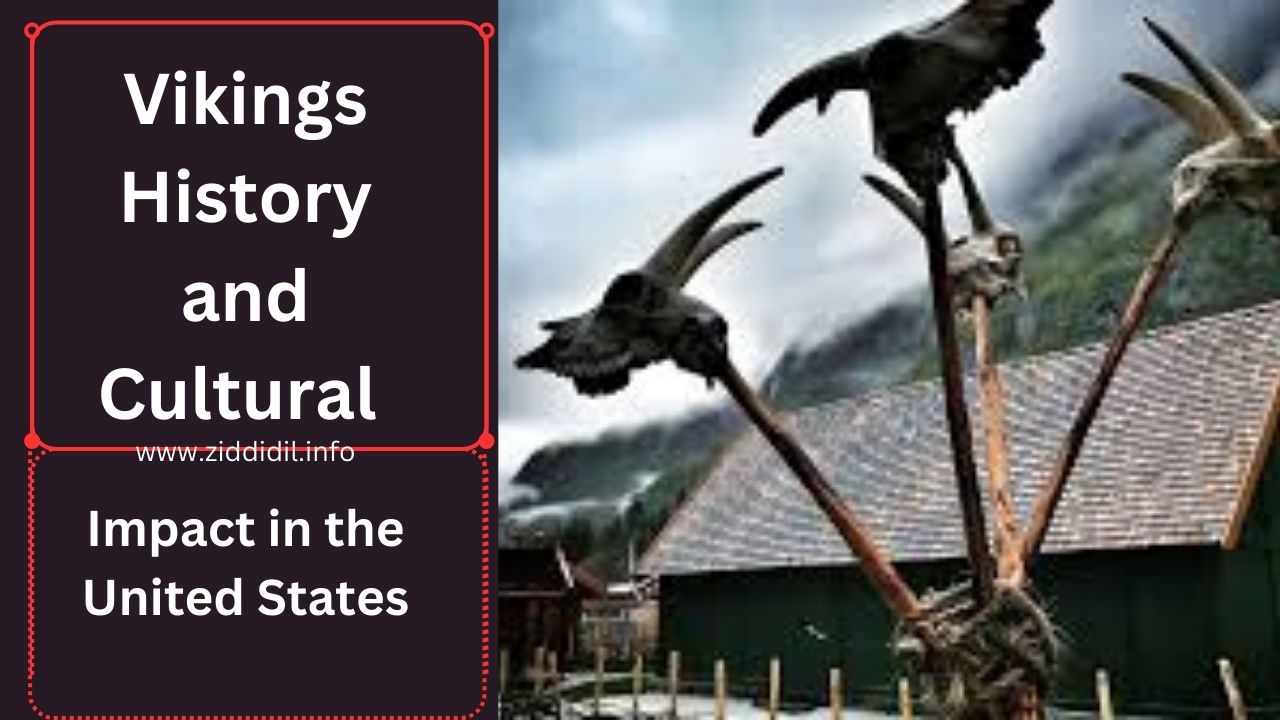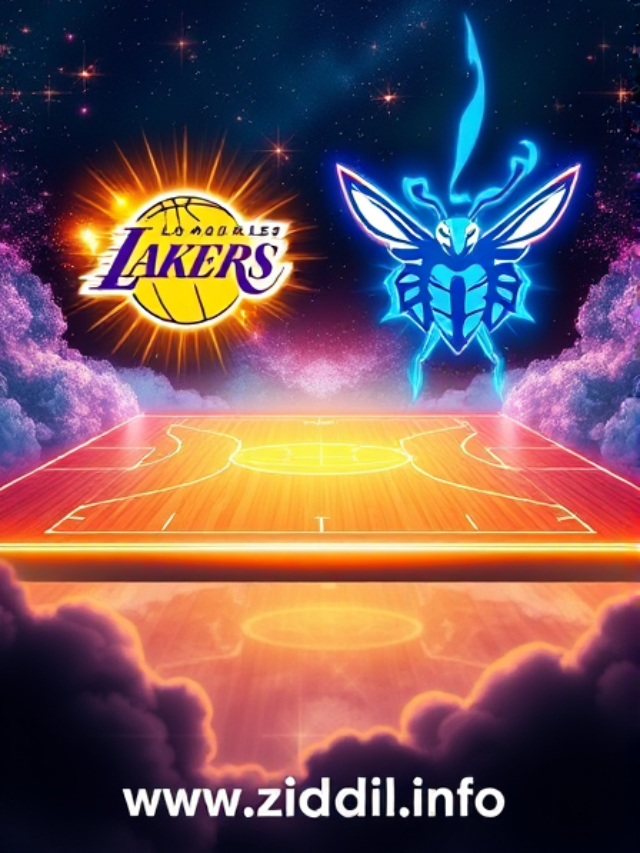The Vikings, legendary Norse seafarers, are often associated with exploration, conquest, and their unique cultural heritage. While their primary historical presence was concentrated in Scandinavia, their influence extended far and wide, reaching North America. This article explores the fascinating history of the Vikings and their cultural impact on the United States.
The Vikings’ Exploration of North America
The story of the Vikings in North America begins with Leif Erikson, the son of Erik the Red, who is believed to have landed on the shores of modern-day Newfoundland around 1000 CE. This region, Vinland in the Norse sagas, was celebrated for its resources, including wild grapes and fertile land. Archaeological evidence at L’Anse aux Meadows, a UNESCO World Heritage Site in Newfoundland, supports the claim of a Viking settlement in the New World centuries before Christopher Columbus.
Although the Vikings’ stay in North America was brief, their adventurous spirit has left an enduring legacy. They demonstrated remarkable navigation skills and resilience, paving the way for future explorations of the Western Hemisphere.
Myths vs. Facts: Understanding Viking Influence
Pop culture often portrays Vikings as barbaric raiders with horned helmets, but historical records suggest a much more nuanced picture. Vikings were skilled traders, shipbuilders, and artisans. The image of the horned helmet, for instance, is a modern fabrication with no basis in archaeological evidence.
The Viking Age ended in the 11th century, but their legends lived on. Immigrants from Scandinavian countries brought their traditions and folklore to the United States during the 19th and early 20th centuries, embedding Viking culture into American society.
Cultural Impact in the United States
Celebrations and Festivals
Viking heritage is celebrated across the United States, particularly in states with significant Scandinavian-American populations, such as Minnesota and Wisconsin. Events like Leif Erikson Day (October 9th) honor Viking explorers and their contributions to history. Festivals featuring Viking reenactments, traditional foods, and crafts keep their legacy alive.
Pop Culture and Media
The Viking image has permeated American pop culture, inspiring TV shows like “Vikings” and movies like “How to Train Your Dragon.” These portrayals, though dramatized, spark curiosity about Viking history and mythology, fostering a renewed interest in their legacy.
Modern Symbolism
Symbols associated with Viking culture, such as runes, ships, and Norse mythology, are widely used in art, fashion, and branding. For example, sports teams like the Minnesota Vikings proudly display Norse imagery, reflecting the region’s Scandinavian heritage.
Lessons from Viking History
The Vikings’ adaptability and resourcefulness offer valuable lessons for modern society. Their ability to thrive in harsh environments, their innovation in shipbuilding, and their exploration spirit exemplify traits that resonate with the American ethos of resilience and discovery.
Conclusion
The Vikings’ history and cultural impact extend far beyond their Scandinavian origins. From their brief presence in North America to their enduring influence in American culture, the Vikings remain a symbol of exploration, innovation, and heritage. As we continue to celebrate their legacy, the stories of these legendary Norse explorers remind us of humanity’s shared history and the timeless spirit of adventure.
Frequently Asked Questions (FAQs)
Who were the Vikings?
The Vikings were Norse seafarers from Scandinavia (modern-day Norway, Sweden, and Denmark) known for their exploration, trade, and raids during the Viking Age (approximately 793–1066 CE).
Did the Vikings really discover America?
The Vikings, led by Leif Erikson, are believed to have reached North America around 1000 CE, specifically the region known as Vinland (modern-day Newfoundland, Canada). However, their settlement was short-lived and did not lead to lasting colonization.
What is Leif Erikson Day?
Leif Erikson Day, celebrated on October 9th, honors the Viking explorer Leif Erikson and recognizes the contributions of Scandinavian-Americans to U.S. history and culture.
Why are the Vikings popular in American culture?
The Vikings’ adventurous spirit, mythology, and iconic imagery have made them a popular subject in American media, sports, and festivals. Their stories resonate with themes of resilience, exploration, and innovation.
What evidence exists of Viking presence in North America?
Archaeological discoveries at L’Anse aux Meadows in Newfoundland provide evidence of a Viking settlement, including remnants of Norse-style buildings and artifacts.










